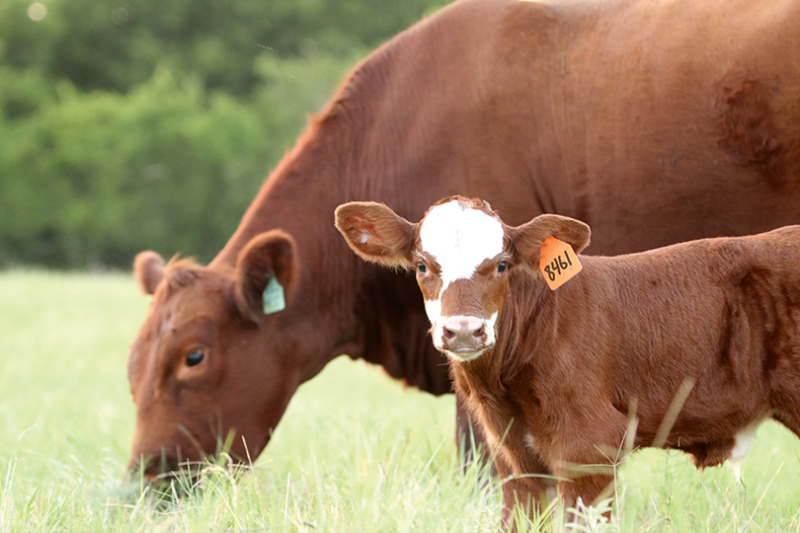A database that helps ranchers with data collection and analysis on cattle performance is getting a facelift.
Texas A&M AgriLife Extension Services is leading the effort to modernize the Beef Cow-Calf Standard Performance Analysis (SPA) with the help of a $420,000 grant from the Farm Business Management and Benchmarking Competitive Grants Program of the U.S. Department of Agriculture (USDA) National Institute of Food and Agriculture (NIFA).
SPA, which launched in 1992, was designed to help cow-calf producers reduce their cost of production and improve their production and marketing efficiency.
“The objective of SPA has been to help cow-calf producers achieve their goals by effectively analyzing their production and financial performance,” Pancho Abello, AgriLife agricultural economist, said. “It gives us the ability to create a unique historical integrated production and finance benchmark system for the beef cattle industry in our state.”
According to Abello, the database allows ranchers to identify potential areas of improvement and compare their herd’s results with a consistent industry benchmark for similar operations across different regions, production years or production systems.
The improvements will help ranchers’ make critical financial decisions with easier and better data collection and analysis better data.
“We plan to develop a standardized database and analysis framework that aligns with current guidelines and meets the needs of modern producers,” Dr. Yuri Calil, AgriLife Extension economist, said. “The new website will use a more advanced system that will allow for an easier, more user-friendly interface with producers so we can obtain the best possible feedback from them.”
The website also will include more industry segments. Calculations on the program will be updated to align with current Farm Financial Standard Council guidelines.
The updated website will provide ranchers with a “report card” that shows how they rank in relation to other ranchers in the database, but information on specific operations will be anonymous, Calil noted.
The goal is to make organizing and reporting financial information easier for ranchers and to help them with decision-making, while also improving accuracy of the SPA analysis over time.
AgriLife will host workshops to train ranchers on the updated platform, so they are able to fully benefit and understand the modernized program.
“Using the SPA analysis tool is a good place for producers to get useful information about where they currently are and for making decisions that will help get them to where they want to be,” Abello said.


Leave A Comment